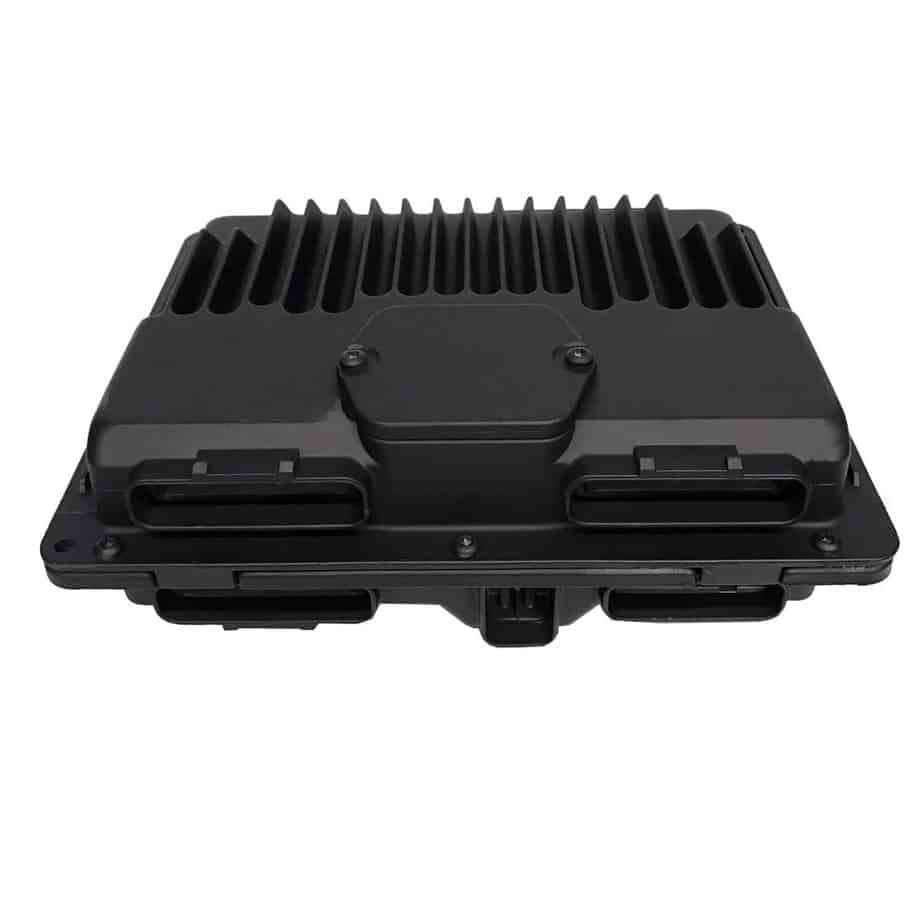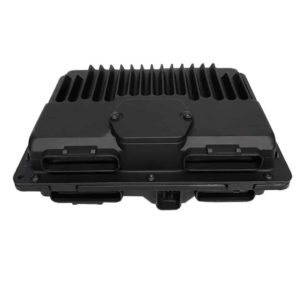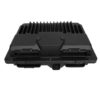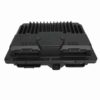Is Your 1998-1999 Suburban 2500 Running Rough or Shifting Hard?
If you’re dealing with frustrating and unpredictable issues in your classic GM truck, you’re not alone. These workhorses are built to last, but after 20+ years, their electronic components can start to show their age. You might be experiencing a check engine light that randomly appears, harsh transmission shifts that jolt the whole truck, or an engine that stumbles and stalls for no apparent reason. These aren’t just annoyances; they’re signs that the brain of your vehicle—the Powertrain Control Module (PCM)—may be failing.
A Mechanic’s Real-World Experience
“A customer’s ’99 GMC 2500 pickup, which uses this exact same PCM, came into my shop last month with a brutal 1-2 shift. It felt like getting rear-ended at every stoplight. The owner had already spent a fortune replacing transmission solenoids and the vehicle speed sensor, but nothing worked. We connected our diagnostic scope and saw the PCM was sending erratic voltage to the shift solenoid—a classic sign of a failing internal driver. We swapped in a VIN-programmed PCM like this one, performed a quick CASE relearn, and the truck shifted like it just rolled off the factory floor. The problem was never in the transmission; it was the computer telling it what to do.”
The Core of the Problem: Your Vehicle’s PCM
The PCM, sometimes called an ECM (Electronic Control Module), is the master computer for your engine and transmission. It controls everything from fuel injection and spark timing to transmission shift points and torque converter lockup. Over decades of heat cycles, vibration, and electrical stress, the delicate circuits and solder joints inside the original module can degrade and fail. This leads to the intermittent and confusing symptoms that are so difficult to diagnose.
Common Symptoms of a Failing GM 16250279 PCM:
- ✔ Check Engine Light is on, often with communication-related trouble codes (U-codes) or specific sensor circuit faults.
- ✔ The transmission shifts harshly, slips between gears, or gets stuck in one gear (limp mode).
- ✔ The engine misfires, stumbles, idles poorly, or stalls unexpectedly.
- ✔ You experience a no-start or hard-start condition, even though the engine cranks over.
- ✔ Inconsistent or incorrect readings from your fuel gauge or other dashboard instruments.
- ✔ A noticeable decrease in fuel economy for no other reason.
The Direct-Fit, Programmed Solution
Don’t let a faulty computer sideline your Suburban. This replacement Powertrain Control Module is the reliable, straightforward fix you need. We take all the guesswork and hassle out of the process. Before we ship the module, our technicians will program it with the latest official GM software calibration specifically for your truck using the VIN you provide. This isn’t a generic, one-size-fits-all part; it’s tailored to your vehicle’s exact configuration.
Why is VIN Programming Essential?
- ✔ Guaranteed Compatibility: Your VIN tells us everything—engine size, transmission type, gear ratios, and emissions options. Programming ensures the PCM works seamlessly with your specific hardware.
- ✔ Eliminates Dealer Visits: A new, unprogrammed module from a dealer would require towing your vehicle to them for an expensive programming session. Our module arrives ready to install.
- ✔ Resolves Software Glitches: We load the newest software from GM, which often includes fixes for drivability issues that were discovered after your truck was built.
- ✔ Proper Anti-Theft Operation: The programming correctly syncs the PCM with your vehicle’s PassLock or VATS anti-theft system, preventing a no-start situation after installation.
Confirm Your Part Number
This module is a direct replacement for units with service number 16250279 printed on the label. It also interchanges with part numbers 09366810 and 09355699. Please check the number on your existing PCM to ensure a perfect match. While it fits a wide range of GM trucks, vans, and SUVs from this era (as shown in the fitment list), matching the part number is the most reliable way to guarantee compatibility. Installation is as simple as disconnecting the battery, unplugging the wiring harnesses from the old PCM, unbolting it from its bracket (typically on the driver’s side of the engine bay), and installing the new one. Once installed, you’re ready to go!



